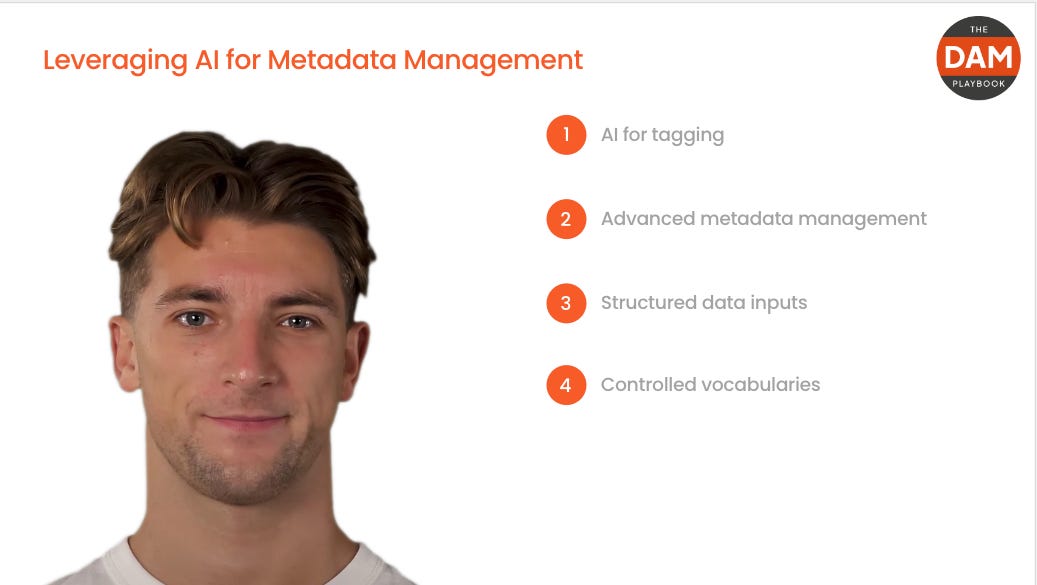Leveraging Controlled Vocabularies for Consistency and Precision
In the intricate dance of digital asset management, where every step—the capture, storage, retrieval, and distribution of assets—matters, controlled vocabularies play a pivotal role. They are the standardized terms and phrases that form the linguistic backbone of a DAM system, ensuring that every asset speaks the same language. Controlled vocabularies provide a consistent way to tag and describe digital assets, making them an indispensable tool for managing metadata effectively.
The essence of controlled vocabularies lies in their ability to standardize the annotation of digital assets across an organization. Whether it's keywords, categories, or tags, these predefined lists of terms ensure that everyone is using the same language to describe similar content. This uniformity is critical for maintaining the integrity and discoverability of assets within a DAM system.
Video Overview
Audio Overview
The Value of Controlled Vocabularies
The strategic implementation of controlled vocabularies within a DAM system brings forth several significant benefits:
Consistency in Metadata Application: By using a controlled vocabulary, organizations can ensure that assets are tagged consistently, reducing the ambiguity and variability that often comes with free tagging. This consistency is crucial for maintaining an organized and navigable DAM system.
Improved Search Accuracy: Controlled vocabularies enhance the precision of search functions within a DAM system. When assets are tagged with standardized terms, users are more likely to retrieve relevant results, even in vast digital libraries. This accuracy saves time and enhances productivity by reducing the effort needed to locate assets.
Facilitates Better Asset Organization and Retrieval: With assets consistently tagged using a controlled vocabulary, organizing and retrieving content becomes a streamlined process. Users can rely on predictable, accurate tagging to find what they need quickly, which is especially valuable in time-sensitive workflows.
Enhances Interoperability: Controlled vocabularies can play a crucial role in ensuring interoperability between different systems and platforms. By using standardized terms, assets can be shared and understood across different applications, enhancing collaboration and efficiency.
Supports Automated Tagging and AI Initiatives: As organizations look to leverage AI for automated tagging and advanced metadata management, controlled vocabularies provide the structured data that AI algorithms need to learn and make accurate tagging decisions. This structured approach lays the foundation for sophisticated AI-driven enhancements in DAM systems.
Implementing Controlled Vocabularies
The creation and implementation of a controlled vocabulary require thoughtful planning and organization-wide collaboration:
Stakeholder Engagement: Involve stakeholders from various departments to ensure the controlled vocabulary reflects the diverse needs and terminologies used across the organization.
Comprehensive Review: Conduct a thorough review of existing assets and tagging practices to identify commonly used terms and potential gaps in the current tagging strategy.
Develop and Standardize Terms: Create a list of standardized terms based on the review, ensuring they are clear, relevant, and comprehensive. Consider industry standards and terminologies to enhance the controlled vocabulary's applicability and longevity.
Training and Adoption: Educate users on the importance of the controlled vocabulary and provide training on its application. Encourage adherence to the vocabulary to maintain consistency in tagging practices.
Ongoing Review and Adaptation: Recognize that controlled vocabularies are not static; they should evolve with the organization's content strategies and needs. Regularly review and update the vocabulary to incorporate new terms and retire obsolete ones.
Conclusion
Controlled vocabularies are more than just a list of terms; they are a strategic tool that enhances the consistency, precision, and efficiency of digital asset management. By implementing controlled vocabularies, organizations can ensure their DAM systems are not only repositories of content but also dynamic resources that support effective content discovery, utilization, and management. As we continue to explore the elements critical to a successful DAM strategy, the role of controlled vocabularies in laying the groundwork for future AI advancements becomes increasingly clear, positioning them as essential for the sophisticated management of digital assets.






